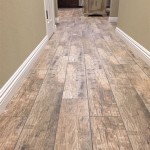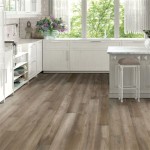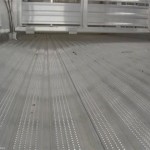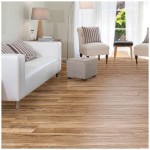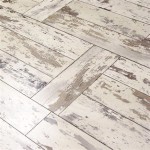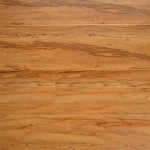Flooring on Wall: An Essential Guide to Transform Your Home's Interior
Flooring on wall is an innovative and versatile interior design trend that can add a touch of sophistication and elegance to any space. It involves using flooring materials, such as tiles, wood, or vinyl, to clad the walls, creating a cohesive and immersive look. This guide will delve into the essential aspects of flooring on walls, including its benefits, types, and installation.
Benefits of Flooring on Wall
Flooring on walls offers several advantages, including:
- Durability: Flooring materials are typically designed to withstand heavy foot traffic and wear, making them an excellent choice for walls that may experience frequent use or contact.
- Water resistance: Tiles and vinyl flooring are water-resistant, protecting your walls from moisture damage, especially in areas like bathrooms and kitchens.
- Low maintenance: Flooring materials are generally easy to clean and maintain, requiring minimal effort to keep them looking their best.
- Unique aesthetics: Flooring on walls can create a visually striking and unconventional look, adding character and style to your home.
Types of Flooring on Wall
There are various types of flooring materials suitable for wall applications:
- Tiles: Ceramic, porcelain, or stone tiles offer durability, water resistance, and a wide range of colors and patterns.
- Wood: Real or engineered wood flooring can add warmth and natural beauty to walls, creating a cozy and inviting atmosphere.
- Vinyl: Vinyl flooring is a versatile option, available in planks, tiles, and sheets, offering durability, water resistance, and a wide selection of designs and finishes.
- Laminate: Laminate flooring imitates the look of real wood but is more affordable and easier to install, making it a budget-friendly option for wall cladding.
Installation of Flooring on Wall
Installing flooring on walls requires careful planning and execution. Here are the key steps:
- Prepare the wall: Ensure the wall is clean, dry, and free of unevenness. Prime the surface to enhance adhesion.
- Choose the adhesive: Select an adhesive specifically designed for the type of flooring and wall surface you are using.
- Apply the adhesive: Follow the manufacturer's instructions to apply the adhesive evenly across the wall.
- Install the flooring: Position the tiles, planks, or sheets on the wall, starting from the bottom up and working in rows or columns.
- Grout and finish: For tiles, apply grout to the joints between them. For other flooring types, use appropriate sealants or trims to complete the installation.
Conclusion
Flooring on wall is a transformative interior design technique that can enhance both the aesthetics and functionality of your home. By considering the benefits, types, and installation process, you can create stunning walls that are durable, water-resistant, and visually appealing. Whether you opt for tiles, wood, vinyl, or laminate, flooring on walls can add a unique and sophisticated touch to any room.

Wood Flooring Feature Walls Direct

Going Up The Wall Installing Flooring Vertically Floor Trends Installation

Mrs Hinch Fan Puts B Q Laminate Flooring On Her Wall And People Can T Get Enough Daily Record

Make A Feature Wall Out Of Flooring

Wood Flooring Feature Walls Direct

How To Use Wooden Flooring As A Stunning Feature Wall Discount Depot Blog

How To Install Wood Flooring On The Wall Esb

Tips On Installing Vinyl Flooring Walls Ll

Eco Flooring Wall Surfaces Friendlywall Floor

Wood Flooring Feature Walls Direct

